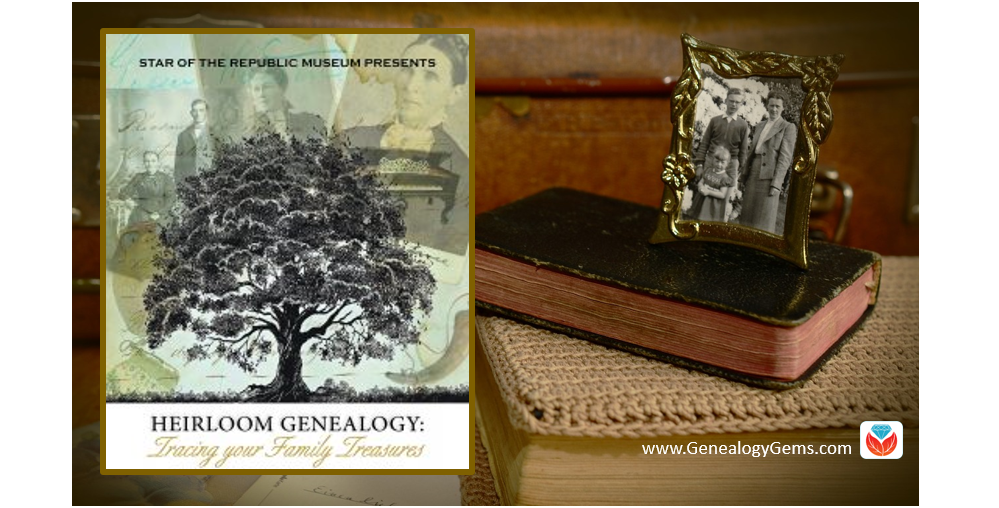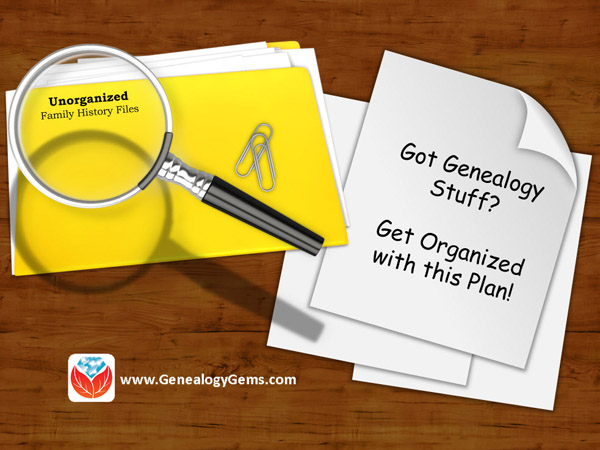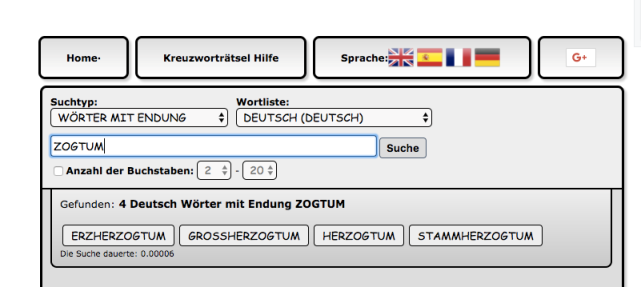by Lisa Cooke | Apr 12, 2017 | 01 What's New, Heirloom
Some of us are using heirloom research for genealogy. A new exhibit traces the history of interesting heirlooms using genealogical research strategies. Be inspired by these examples and tips to research heirlooms and more fully discover their stories.

A new exhibit called Heirloom Genealogy: Tracing your Family Treasures has opened at The Star of the Republic Museum in Texas. You better believe it caught our interest! We know our readers are looking for unique and different ways to continue their genealogy journeys. We wanted to find out more about how family historians are using heirloom research for genealogy. Curator Shawn Carlson was kind enough to answer some questions about it and share the touching stories the heirlooms held.
Q: What an unusual exhibit idea! How did you think of it?
A: I had been researching artifacts at the museum for several years by tracing the genealogy of the families who donated the artifacts. The best exhibit text usually comes from real stories about artifacts—and doing the genealogy was where I found the stories. When I started thinking about this latest exhibit, I thought maybe there was a way that I could use the genealogical research I already had, and that’s when I came up with the idea of “heirloom genealogy.”
Q: Who was involved in the research and how long did it take?
A: I did all of the research. Some of it had previously been done, but some was new. I usually spend the summer researching for an exhibit, and then write the text and begin production in the fall for a March opening during the Texas Independence Day celebration at Washington-on-the-Brazos.
 Q: Can you share a couple of examples and images of artifacts and the documents that told their stories?
Q: Can you share a couple of examples and images of artifacts and the documents that told their stories?
A: One of the artifacts I researched was a red-on-white appliqué quilt. It was made in 1805 in Vermont and donated by the quiltmaker’s 3X great-granddaughter who lived in Houston. It should have been easy to figure out the lineage by the inscription on the quilt—but it wasn’t. There were two Cynthia Tuckers and two Pearl Browns in the family and one quilt owner had been married a couple of times and used a nickname. So, it took a bit of sorting out. The research was all done using census data, but it all came back to the inscription on the quilt for final verification.

Another item in our collection is a small buckskin suit that belonged to a little boy named Edward Clark Boylan. He was born in New Orleans in 1840 and died three years later near Galveston, probably from yellow fever. We knew his birth and death dates from his sister’s descendant who donated the suit, but not much else. I found some cryptic notes in our files taken by a previous curator and was able to trace Edward to Captain James Boylan who was captain of the ship Brutus during the Texas Revolution.
I found a passenger list from 1839 with Captain Boylan, his wife, and daughter traveling from Puerto Rico to New York. Mrs. Boylan would have been pregnant with Edward during that voyage:

The year that Edward died, his father was mentioned frequently in the newspapers as he led a flotilla of ships out of Campeche. He was probably not present when little Edward died.
Q: What was an especially interesting story you came across while researching this exhibition?
A: One of the most interesting items we’ve received in recent years is a slave birth record that was part of a family collection:

The donor’s ancestors were early settlers of Washington County. The slave record was interesting because it listed birth dates from 1832 to 1865. Out of curiosity, I tried tracking some of the slaves to see if I could find living descendants. I started with the 1870 census—looking for African-Americans with the surname of the plantation owner and first names that matched the slaves in the birth record. I was able to follow through on one of the names to find a living descendant. She and her family came to visit the museum and see the birth record of their ancestor. While the family was visiting during last year’s Texas Independence Day celebration, the donor of the slave record also visited the museum and the two families were able to meet.
Q: What advice do you have for family historians with heirlooms?
A: Learn about the artifacts you have and match them to their owners. There is plenty of information online that will help you identify and date artifacts. Knowing the date of an artifact helps you determine who had it in the past.
More on Heirloom Research for Genealogy
 Connect your heirlooms with their stories and bring the past to life!
Connect your heirlooms with their stories and bring the past to life!
Get Denise Levenick’s popular book How to Archive Family Keepsakes: Learn How to Preserve Family Photos, Memorabilia and Genealogy Records. This book will help you sort, identify, and preserve your own treasured family artifacts and memorabilia.
Disclosure: This article contains affiliate links and Genealogy Gems will be compensated if you make a purchase after clicking on these links (at no additional cost to you). Thank you for supporting Genealogy Gems!
by Lisa Cooke | Mar 25, 2014 | 01 What's New, Beginner, Evernote, Organization, Research Skills
Recently I heard from Jane, a Genealogy Gems Premium subscriber in Canada, who needs a genealogy research plan! She’s researched on Ancestry.ca,  Scotland’s People, the Free English BMD Index, FamilySearch and joined her local society. But she’s not sure where to go next with her research–there just are SO many options! If this sounds familiar, check out her question and the advice I gave her:
Scotland’s People, the Free English BMD Index, FamilySearch and joined her local society. But she’s not sure where to go next with her research–there just are SO many options! If this sounds familiar, check out her question and the advice I gave her:
“I often end up wandering around in circles and mazes as one thing leads to another, and another, and … I am sure you know what I am talking about. I seem to be jumping back and forth between my Dad’s family, my Mom’s family, their families, etc. until there are times that I find myself at a certain point, only to wonder ‘Where was I going with this?’ I’m now wondering if I would be best to take it one person at a time – to find out as much as I can about that person in that point of time, before going on to another. I have started trying to make notes…but find that I end up hopelessly out of order and lost. Any advice would be appreciated! Help!!!”
My Answer: A Genealogy Research Plan to Deal with the Chaos
“You are not along in this genealogical dilemma! It’s easy to let the records start to take over and lead you around. Set a goal or a genealogy research plan – define what it is you want to know. It might be something very specific about a particular ancestor, or it might just be to fill in the blanks on one particular family. Early in my research I focused on one grandparent, and working backwards, I would strive to fill in all the blanks on that person, then their parents, then their siblings. I wouldn’t “leave” that family until I felt that I had filled in as much of the family group sheet as possible. (We have sort of lost track of the “family group sheet“ in this technological age. But it is an excellent tool for keeping you on track and focused on the blanks that need to be filled.)
An additional strategy is to have a process for dealing with information that is a bit off your current track. Often we feel like we have to pursue it or we’ll lose it. I like to use Evernote (free at Evernote.com) to capture data that I’m not ready to deal with right now, but definitely want to pursue later. I create an Evernote “notebook” for that family surname, and a note book called “future research.” Drag and drop “Future Research” onto the family surname notebook which will create a “stack.” Now you can create notes and drop them into the “Future Research” notebook which is inside the applicable family. Add tags to your note like “newspaper,” “death record,” etc. and some good searchable keywords so that the note will be easy to find when you need it. Now you can capture the item, file it away, and stay focused on the task at hand. Whenever you’re ready to ask a new question, open that Future Research notebook. Use what’s there to inspire the next phase of your genealogy research plan.”
More Resources
How to Get Started in Evernote, and the Ultimate Evernote Education
Should Evernote be my Digital Archive?
If you would like to learn more about using Evernote for genealogy, I have a quick reference guide in my store that will work wonders in keeping you organized. It’s available for both Windows and Mac, and in both PDF and laminated print format.
 Your questions are always welcome! Contact me by email, or leave a voice mail at (925) 272-4021 and you may just hear yourself on the show.
Your questions are always welcome! Contact me by email, or leave a voice mail at (925) 272-4021 and you may just hear yourself on the show.
by Lisa Cooke | Sep 27, 2017 | 01 What's New, German, Translation tips |
Need help reading or translating German genealogical documents? These top German translation websites will help you identify and translate old German letters, words, abbreviations, street names, and occupations. These online resources are so good, even the experts use them! See how they can help your German family history.

Thanks to Katherine Schober of SK Translations and the instructor of the innovative online course on learning how to read the old German script and handwriting for this guest post.

Those of you who have braved the world of German genealogy may have run into a beautiful but solid genealogical “brick wall:” old German handwriting. “Kurrentschrift” (literally: “running script”) was the main form of writing in German-speaking lands until the mid-20th century. Unfortunately, this elegant script is often a major obstacle for modern-day genealogists searching for their German ancestors.
But it doesn’t have to be! While I recommend contacting a professional for the more complicated texts (I’d be happy to be of service), you can often make substantial progress in transcribing and translating old German documents with the help of several fantastic online resources.
Top 9 German Translation Websites and Resources
These are my favorite German translation websites for genealogy (and yes, I use them myself):
This is a great site for transcribing German genealogy documents, especially if you can only recognize some of the letters in a word. Choose either “words ending with” (Wörter mit Endung) or “words beginning with” (Wörter beginnend mit) and type in the first or last letters of the word you are deciphering.
For example, if you can only recognize “tum” at the end of the word, type in “tum” under “Wörter mit Endung”. It will then show you all the German words ending in “tum”, which may help you to recognize what your handwritten word could be.
This site offers a nice key of the Kurrent letters and the corresponding letters in our alphabet.
If you see an abbreviation in your genealogy document but aren’t sure what it stands for, you can type it into this website and it will provide you with a list of possible German words for your abbreviation.
Online German Dictionaries:
LEO, Online Dictionary by Langescheidt, and dict.cc are all extensive online German dictionaries. If one of these dictionaries doesn’t have a definition for a word, one of the other two might.
This is a very helpful translation site. Unlike Google Translate, it shows you words and phrases translated into English by actual translators and not machines. You receive the definition of the word, plus pages of various sample sentences that include your word/phrase in a contextual format.
This is a good site for finding the meanings of old-fashioned German words. Modern dictionaries often do not have definitions for the outdated words found in genealogy documents, but this online collection of old German dictionaries does. Knowledge of German required.
This website provides an A-Z list of old-fashioned German occupations with their modern-day German translation.
If you know that a word in your document is a street (“Straße”), but can’t figure out which street it is, use this site to help you out. First, type in the city in the “Ortsverzeichnis A-Z” (gazetteer). The site then pulls up a map of the city and an A-Z list of street names. If you know at least some of the letters in your street name, this list can help you to recognize the correct transcription of the word.
This site allows you to type in any word to see how it would look in Kurrentschrift. While everyone’s handwriting was, of course, different, it is nice to get an idea of what a word could have looked like in the old-fashioned script. For example, “Kurrentschrift:”

 Katherine Schober of SK Translations specializes in translating German genealogical and historical documents. She also teaches the online course that can help you learn how to read the old German script and handwriting. Learn more here.
Katherine Schober of SK Translations specializes in translating German genealogical and historical documents. She also teaches the online course that can help you learn how to read the old German script and handwriting. Learn more here.
She recently joined Lisa Louise Cooke on the Genealogy Gems Premium Podcast episode #151 with creative, use-in-any-language Google strategies for translating documents and identifying ancestral names and places.
Click here to see what else has aired on the Genealogy Gems Premium Podcast–and consider becoming a Premium member to get access to the entire Premium Podcast archive (it could see you through a whole year’s worth of workouts, commutes, or household chores!).

 Q: Can you share a couple of examples and images of artifacts and the documents that told their stories?
Q: Can you share a couple of examples and images of artifacts and the documents that told their stories?


 Connect your heirlooms with their stories and bring the past to life!
Connect your heirlooms with their stories and bring the past to life!


 Your questions are always welcome!
Your questions are always welcome! 



 Katherine Schober of
Katherine Schober of 


